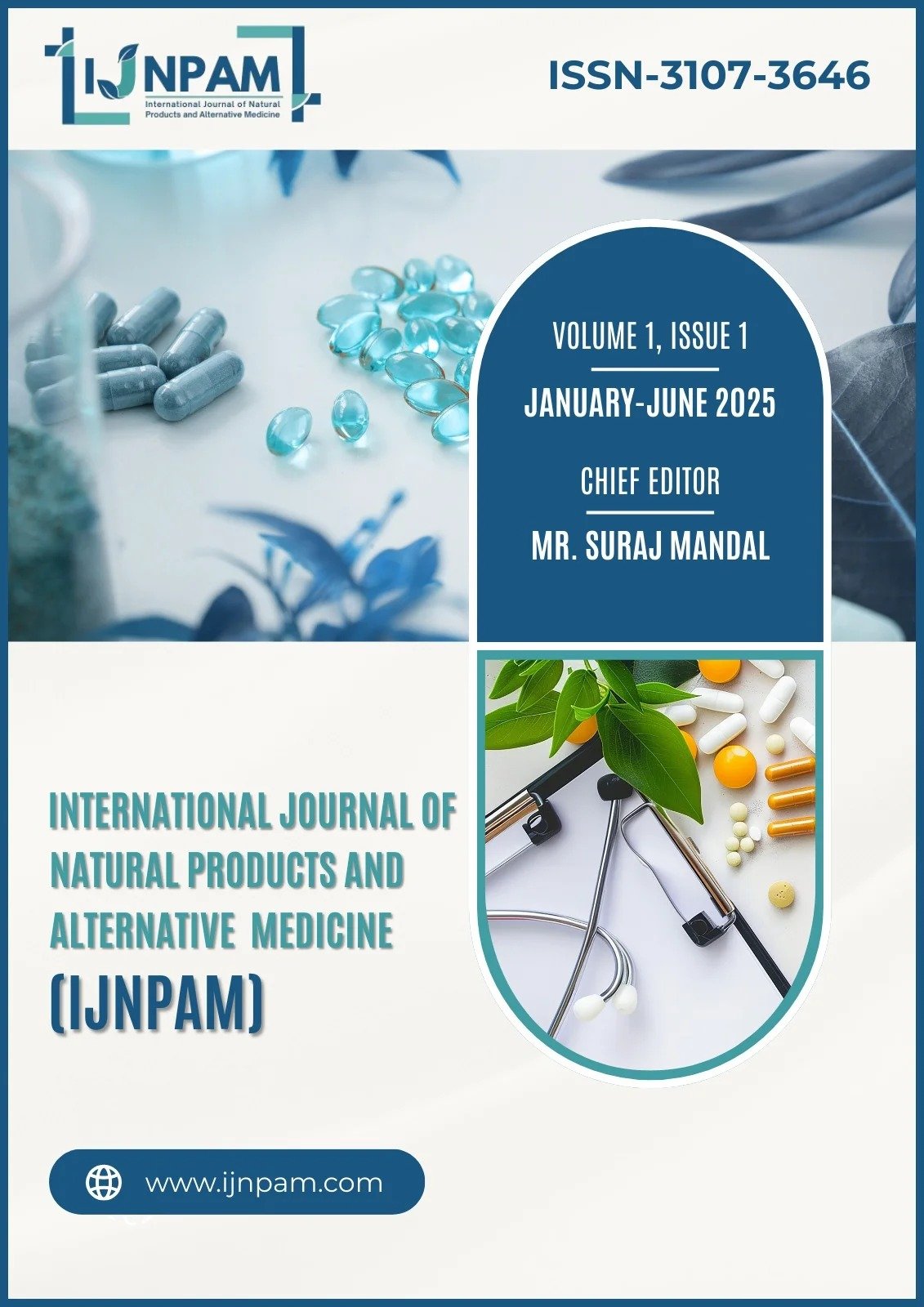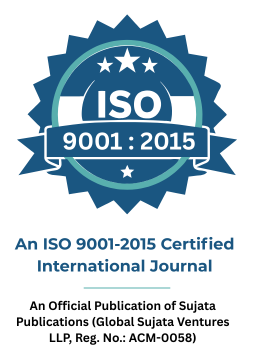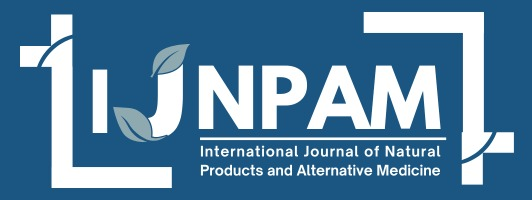Ethnopharmacological Insights into the Role of Medicinal Plants in Cardiovascular Health
Keywords:
Ethnopharmacology, Medicinal Plants, Cardiovascular Diseases, Phytochemicals, Traditional Medicine, CardioprotectionAbstract
Cardiovascular diseases (CVDs) remain the leading cause of morbidity and mortality worldwide, necessitating alternative and complementary therapeutic strategies. Ethnopharmacology, the study of medicinal plants used in traditional medicine, provides valuable insights into natural remedies for cardiovascular health. This review explores the role of medicinal plants in CVD prevention and management, emphasizing bioactive compounds with cardioprotective properties. Key phytochemicals such as flavonoids, alkaloids, polyphenols, and saponins demonstrate antihypertensive, lipid-lowering, antiplatelet, and antioxidant effects, contributing to improved cardiovascular function. Traditional medicine systems, including Ayurveda, Traditional Chinese Medicine (TCM), and Indigenous healing practices, have long utilized herbs like Terminalia arjuna, Panax ginseng, Allium sativum, and Crataegus spp. for their cardioprotective benefits. Recent pharmacological studies validate these traditional claims, highlighting their mechanisms of action, including nitric oxide modulation, inhibition of oxidative stress, and regulation of lipid metabolism. Despite promising findings, challenges such as standardization, bioavailability, and clinical validation remain critical. Further interdisciplinary research integrating ethnobotany, pharmacology, and clinical trials is essential to establish evidence-based phytotherapeutic interventions for cardiovascular health.








